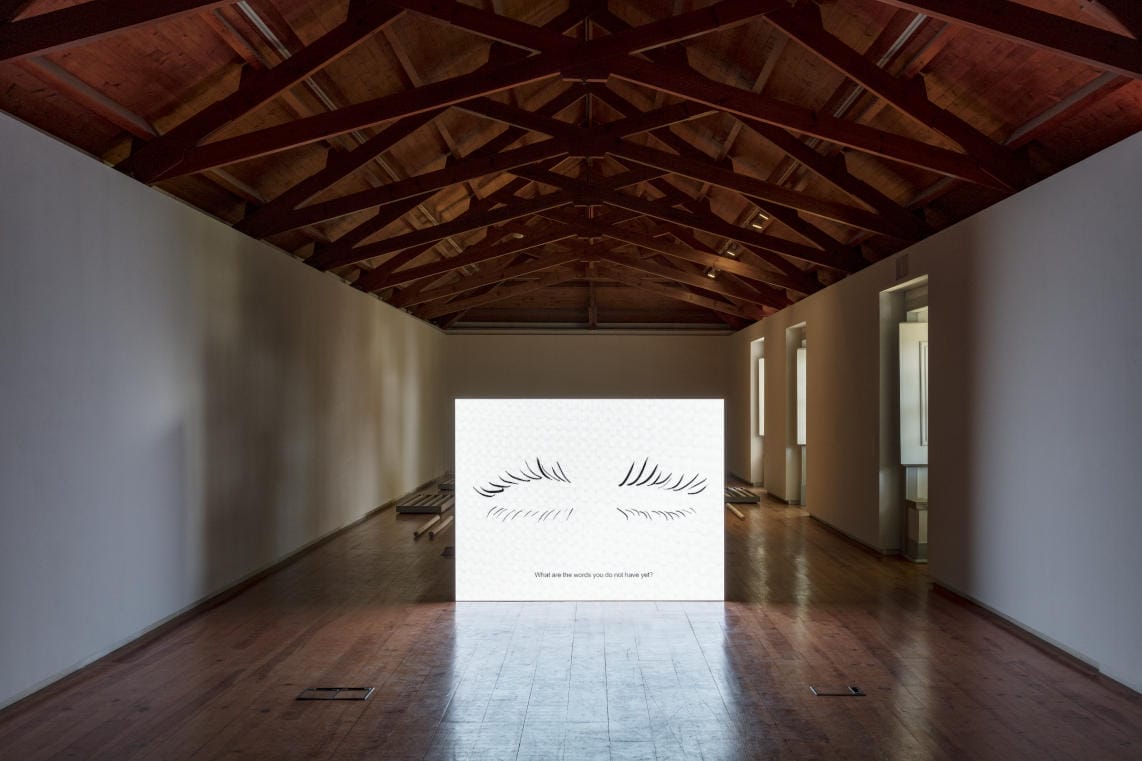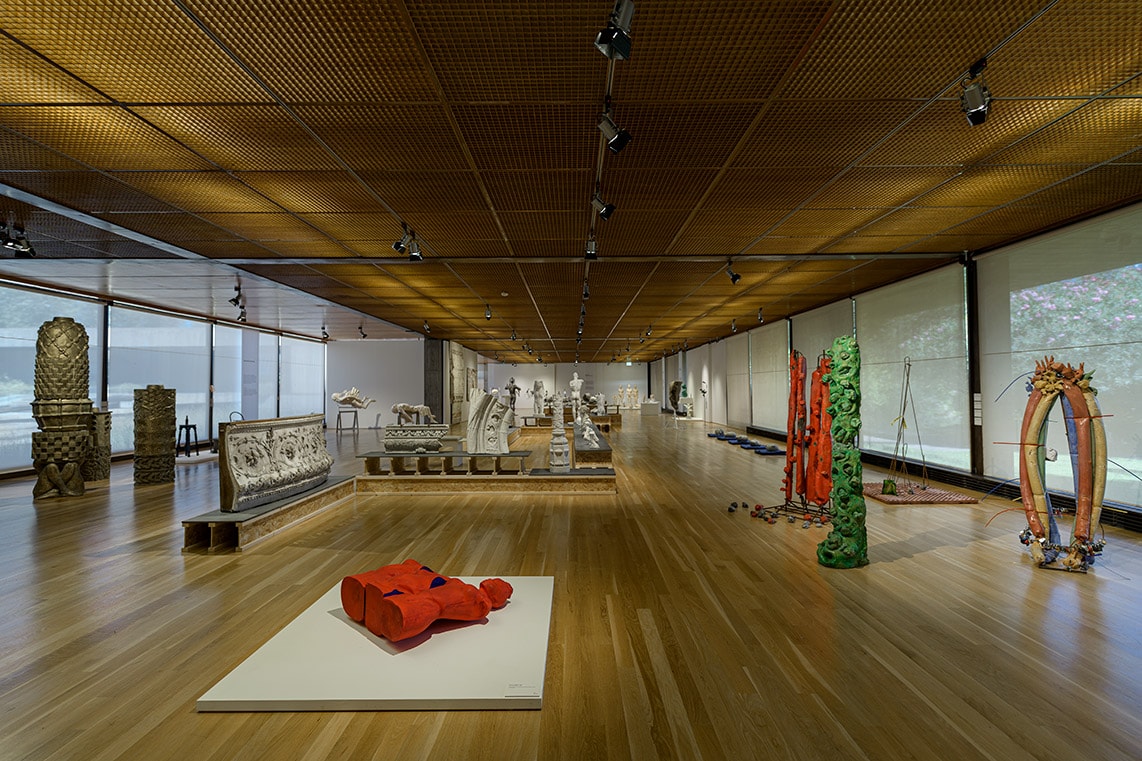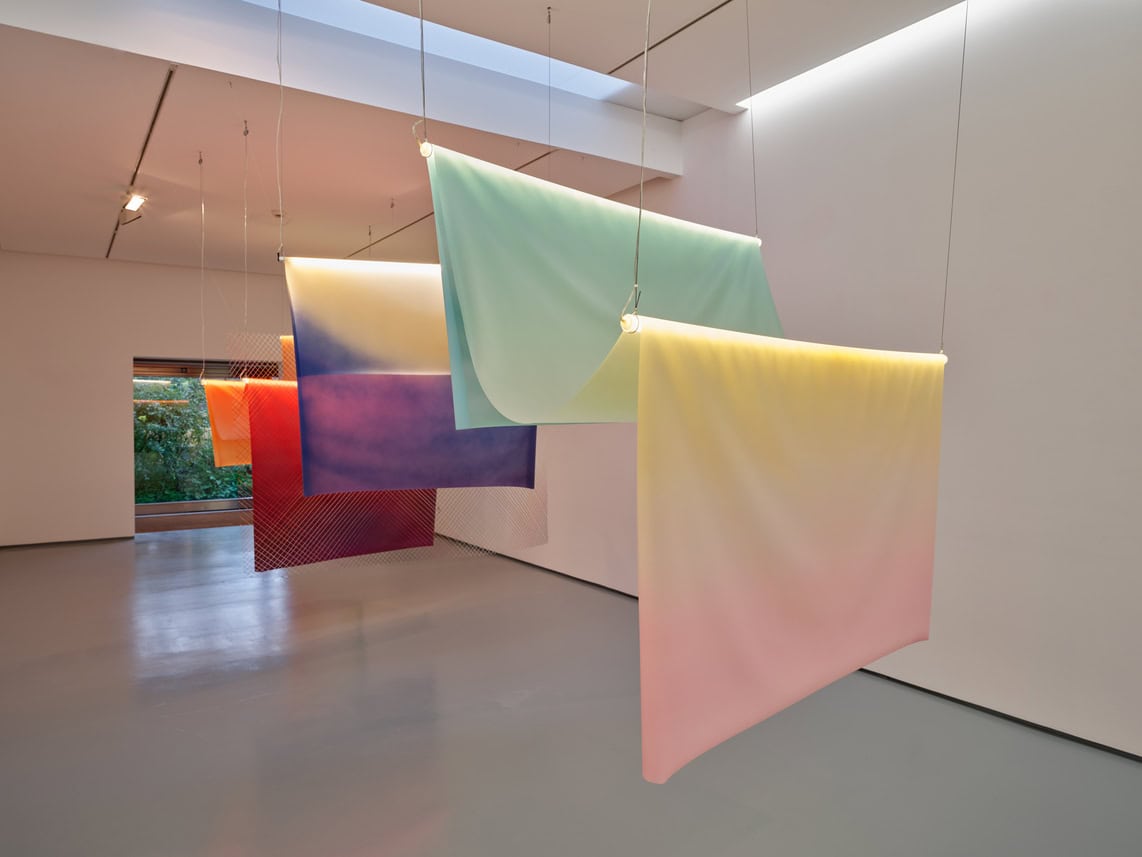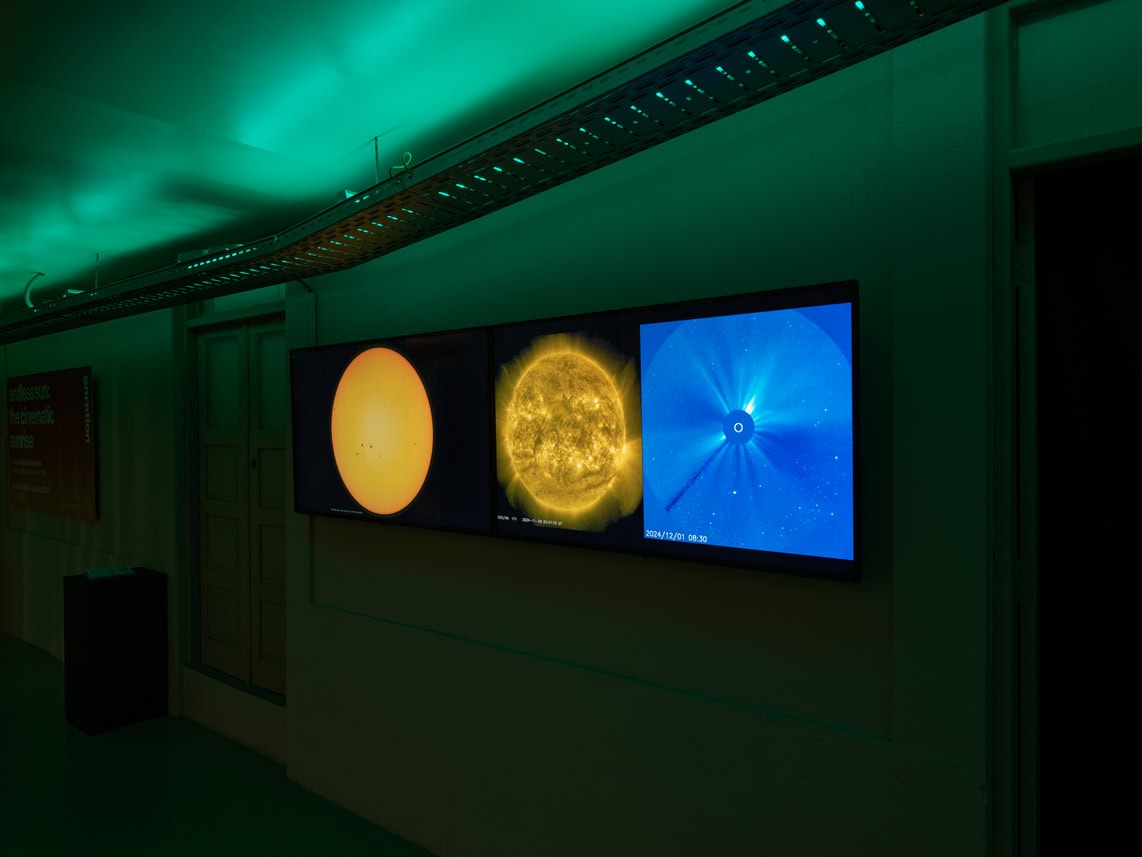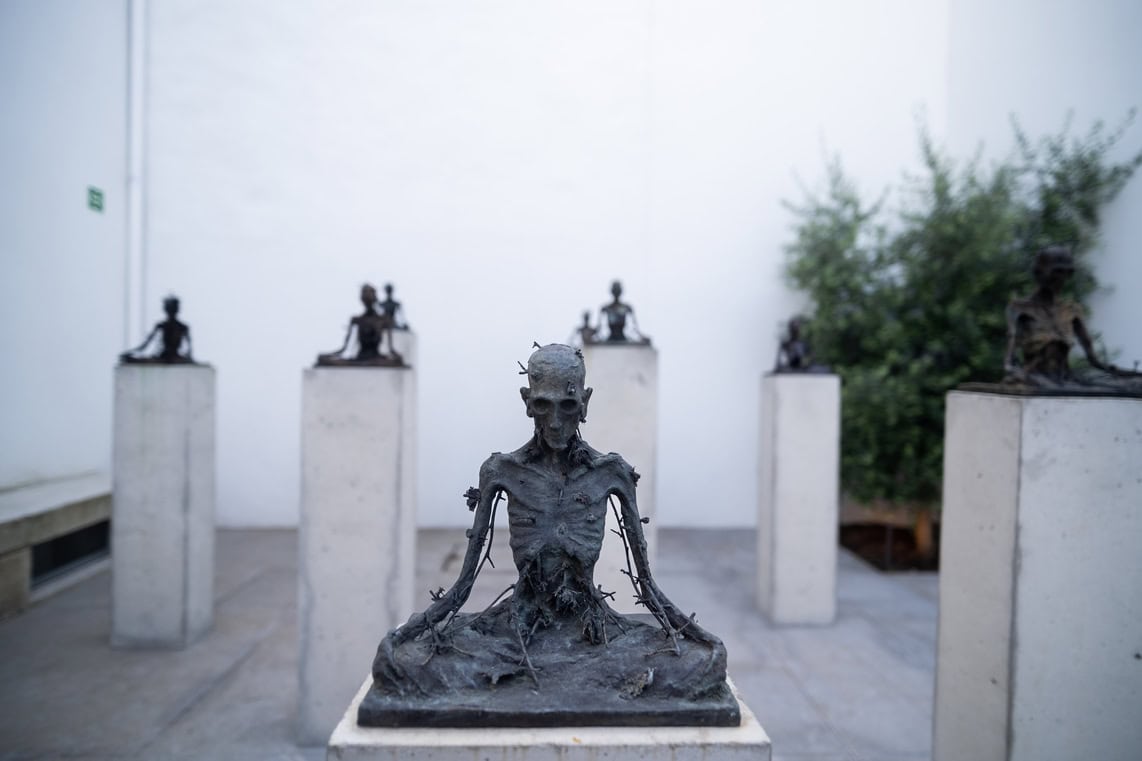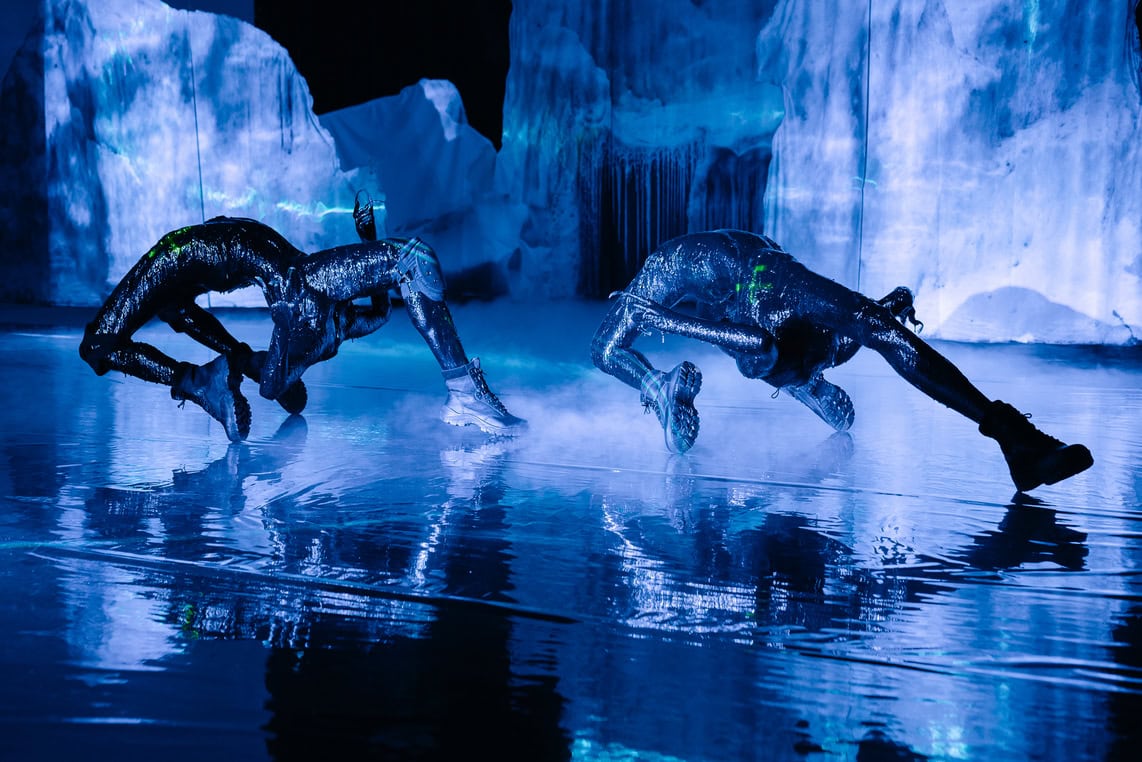Contracto Natural [Natural Contract], curated by Bruno Leitão/HANGAR, Galeria Saco Azul – Associação Maus Hábitos (Oporto) until December 30, 2020, puts the work of six artists in dialogue. Each artistic practice stems from premises related to extractivism, the ecosystem that sustains us and our model of development, through critical thinking and a political perspective.
Bruno Leitão, in the exhibition text, states that “in Le Contract Naturel, Michel Serres refers to our relationship with objects as one summarized by war and property”. According to Serres, in the book with the same title as the exhibition, he questions our action concerning climate change caused by industrial activity, which emits thousands of tons of carbon monoxide and other toxic waste into the atmosphere. We are trapped in a vicious cycle of excessive consumption of the Earth’s resources.
The French philosopher says that “all the damage done to our planet so far is similar to the devastation caused by a world war”. The author stresses that the most important event of the 20th century was the disappearance of agriculture to the detriment of industrial development. This interrupted our connection to nature and its rhythm, led to the transformation of everything into a commodity, causing a frenzied time on a global scale. Therefore, in addition to war, the other relationship with objects is property, since we exclude all other living beings from the planet due to the exclusive appropriation of things. Serres suggests that, in order to return to nature, we must rescind the strictly social contract and add a natural contract, where our relationship with the objects will no longer be one of domination and possession, but one of contemplation, respect and reciprocity.
In Contracto Natural, based on Michel Serres, the curator displays Andreia Santana’s sculpture Soul house for Hugo (2020), which rethinks our relationship with objects – not as something for human use, but a perpetuation of our existence, like funerary sculptures. Jaime Lauriano’s draw entitled America: democracia racial, melting pot e pureza de razas (2020) which, through a map, recreates navigation routes and the “discoveries of the new world”, with materials alluding to the violence of the colonization system, reinforcing the exploitation of bodies and soil. Yuri Firmeza’s photo series Ouro branco, inferno verde (2018) is the result of an investigation into the ruins of Fordlândia. It is the failed project of Henry Ford who, in the 1920s, wanted to establish a latex plantation in the Amazon. And, finally, the installation Le cimetière des éléphantes (2020) by Jérémy Pajeanc, an artist who works on the migratory flows and the great exoduses that have formed our contemporary western culture.
In the association’s auditorium is Diana Policarpo’s performance Death Grip (2020), which emerged from research in Nepal on women who harvest the Cordyceps fungus. In addition to paying a license to the state, their bodies pay a high cost. In the film Eldorado XXI (2016), Salomé Lamas makes an ethnographic reinterpretation of contemporary ways of life, where the reality of the Peruvian Andes mines is a kind of illusion, in which the miners work hard, hoping that the end of the month will allow them to exploit the mine for their own benefit.
In the last decade of the 20th century, Serres, in Contract Naturel, warned that humanity was about to reach the limit of its natural habitat. By the end of 2020, The Guardian announced the publication of a study confirming that human activity, driven mainly by increased consumption and urban development, exceeds the Earth’s total biomass. The exhibition Contracto Natural allows us to reflect on our harmful actions on the planet, the consequence of our economic, political and social system.
